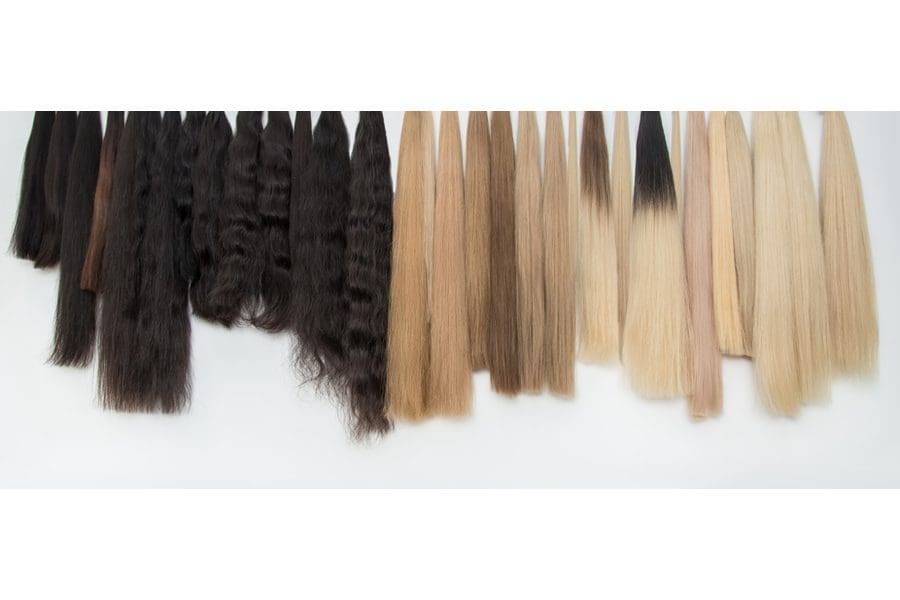The human hair industry is booming, projected to reach $10 billion in revenue by 2023. Everything from wigs to fake eyelashes and hair extensions can be made from human hair. But have you ever thought about where this hair actually comes from? Here, we dive into the topic.
Where in the World?
Most human hair used in wigs and extensions comes from Russia, Ukraine, China, Peru, and India. Religious people make trips to temples in India where they shave their heads and the temples sell the hair at auction. However, not all hair is voluntarily donated.
Hair Exploitation
In many countries where hair is sourced, the women selling their hair need money. When the sellers are desperate enough, they will sell their hair for meager rates, even as low as $15. The hair is then sold for four to ten times more. The way the hair is cut often leaves it uneven, lowering their self-esteem.
Hair Theft
In some countries, such as Venezuela, there have been reports of stealing hair right off of the donor’s head. This forcible hair cutting occurs by cutting a long ponytail while the woman is held at gunpoint. The hair is then sold for a quick profit. Another example is in South Africa, where dreadlocks are cut and stolen. Shoulder-length dreadlocks are eventually sold for anywhere between $23 to $58, whereas longer locks can be sold for hundreds of dollars.
Ethical Hair Extensions
Some people refuse to buy synthetic hair because it is typically made with non-recyclable plastics. However, Raw Society Hair is a synthetic option that uses banana tree fibers to create coarse hair that is biodegradable. There are also a few ethical human hair options, including a brand called Great Lengths, whose hair is sourced by consenting donors who are adequately compensated. This hair is typically a lot more expensive.
Making the Ethical Choice
It is not always the cheapest option, but choosing ethical hair is the right one. Even though some women sell their hair as a source of income, it is oftentimes a form of exploitation. Regardless, when it comes to human hair, the industry is not always easy to navigate. We encourage you to research where your hair extensions really come from.

